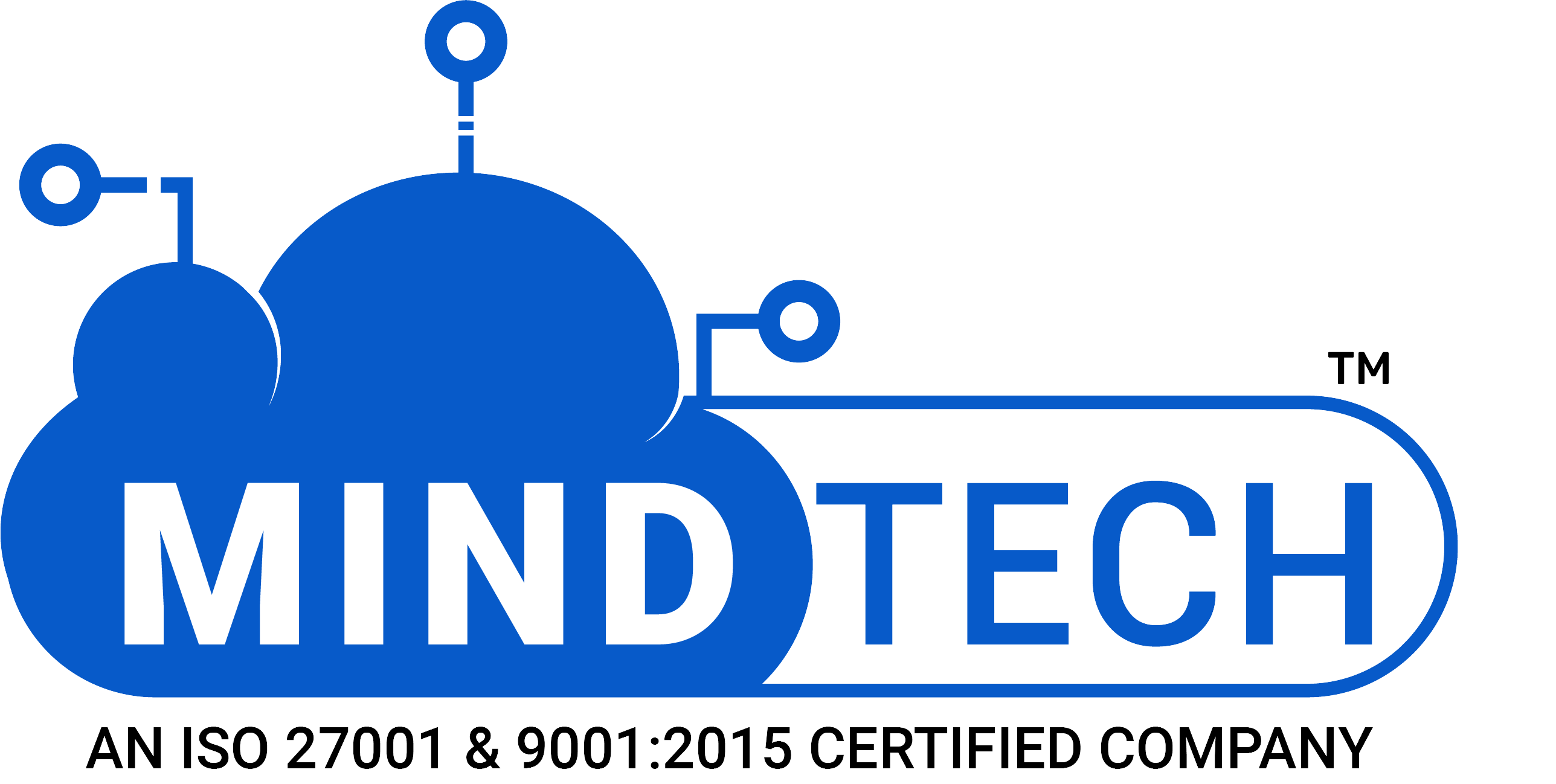The Rise of Serverless Computing: How It's Revolutionizing the Cloud Landscape

Serverless computing, a progressive concept in cloud computing, is reworking the manner in which agencies increase, set up, and manipulate programs. This article explores the rise of serverless computing and its impact on the cloud panorama.
Introduction
Serverless computing, also referred to as Function as a Service (FaaS), is a cloud computing model in which the infrastructure is managed by the cloud provider, automatically allocating resources as required. This allows builders to recognize writing code without annoying the underlying infrastructure. The concept of serverless computing has developed over the years, with the creation of offerings like AWS Lambda, Google Cloud Functions, and Azure Functions.
In trendy cloud landscape, serverless computing is gaining recognition because of its scalability, price-effectiveness, and versatility. Businesses are increasingly adopting serverless computing to construct and deploy applications more efficaciously, leading to quicker time-to-marketplace and increased innovation.
Key Concepts of Serverless Computing
Serverless architecture differs from traditional cloud computing fashions in that it removes the need for server provisioning and management. Instead, builders write code that is precipitated through specific occasions, which includes HTTP requests or database updates. This occasion-driven programming version permits for extra green use of assets and enables packages to scale routinely primarily based on call for.
The key additives of serverless computing include Functions as a Service (FaaS), which lets builders jot down and install code without managing servers, and Backend as a Service (BaaS), which gives pre-built backend services like authentication and database control. The occasion-pushed programming version is crucial to serverless computing, enabling developers to create programs that reply to occasions in actual-time.
Advantages of Serverless Computing
A key benefit of serverless computing is cost savings. With a pay-consistent with-use pricing version, groups most effectively pay for the resources they consume, getting rid of the want to provision and hold servers. This can result in huge price savings, mainly for applications with unpredictable site visitor styles.
Serverless computing also offers scalability and versatility, with the capacity to routinely scale based totally on call. This permits companies to deal with spikes in site visitors while not having to manually provision additional servers. Additionally, serverless computing allows builders to be conscious of writing software with good judgment in place of handling infrastructure, leading to faster time to market and extended productiveness.
Challenges and Considerations
Despite its many blessings, serverless computing does have a few challenges and issues. One of the primary demanding situations is cold begin latency, which refers back to the put-off in reaction time when a feature is invoked for the first time. Developers can mitigate this effect using optimizing their code and the use of heat-up techniques to preserve capabilities energetic.
Monitoring and debugging serverless applications also can be hard, as traditional monitoring gear won’t be appropriate for serverless environments. Developers must use specialized tools and best practices for tracking serverless packages to make certain they may be appearing as expected.
Vendor lock-in is some other attention while adopting serverless computing, as shifting applications between cloud vendors may be complex. Businesses need to take into account strategies for fending off supplier lock-in, consisting of the use of open-supply frameworks and standardizing on commonplace interfaces.
Use Cases and Examples
Serverless computing is being used in a number of use cases, consisting of internet and cellular programs, IoT packages, and actual-time processing. In Internet and mobile packages, serverless computing is used to construct dynamic and scalable packages that can deal with a massive quantity of concurrent customers.
In IoT applications, serverless architecture is used for statistics processing and analytics, permitting businesses to method large quantities of information generated through IoT devices in actual time. For example, a clever domestic utility should use serverless computing to manner sensor facts and cause actions primarily based on predefined policies.
Future Trends in Serverless Computing
Looking ahead, serverless computing is anticipated to play a widespread role in aspect computing, where information processing is completed in the direction of the source of the facts. Serverless computing’s capability to scale mechanically and take care of massive amounts of records makes it properly proper for aspect computing packages.
Serverless computing is likewise predicted to play a position in hybrid cloud environments, wherein agencies use a mixture of on-premises and cloud assets. Serverless computing can help groups leverage the scalability and versatility of the cloud at the same time as maintaining manipulation over sensitive records.
Conclusion
In conclusion, serverless computing is revolutionizing the cloud landscape by means of supplying a scalable, cost-powerful, and bendy computing version. By expertise in the important thing principles, benefits, challenges, and future trends of serverless computing, organizations can harness its power to power innovation and stay ahead in trendy virtual economic systems. It’s time for corporations to discover and adopt serverless computing to release new possibilities and boost up their digital transformation journey.




